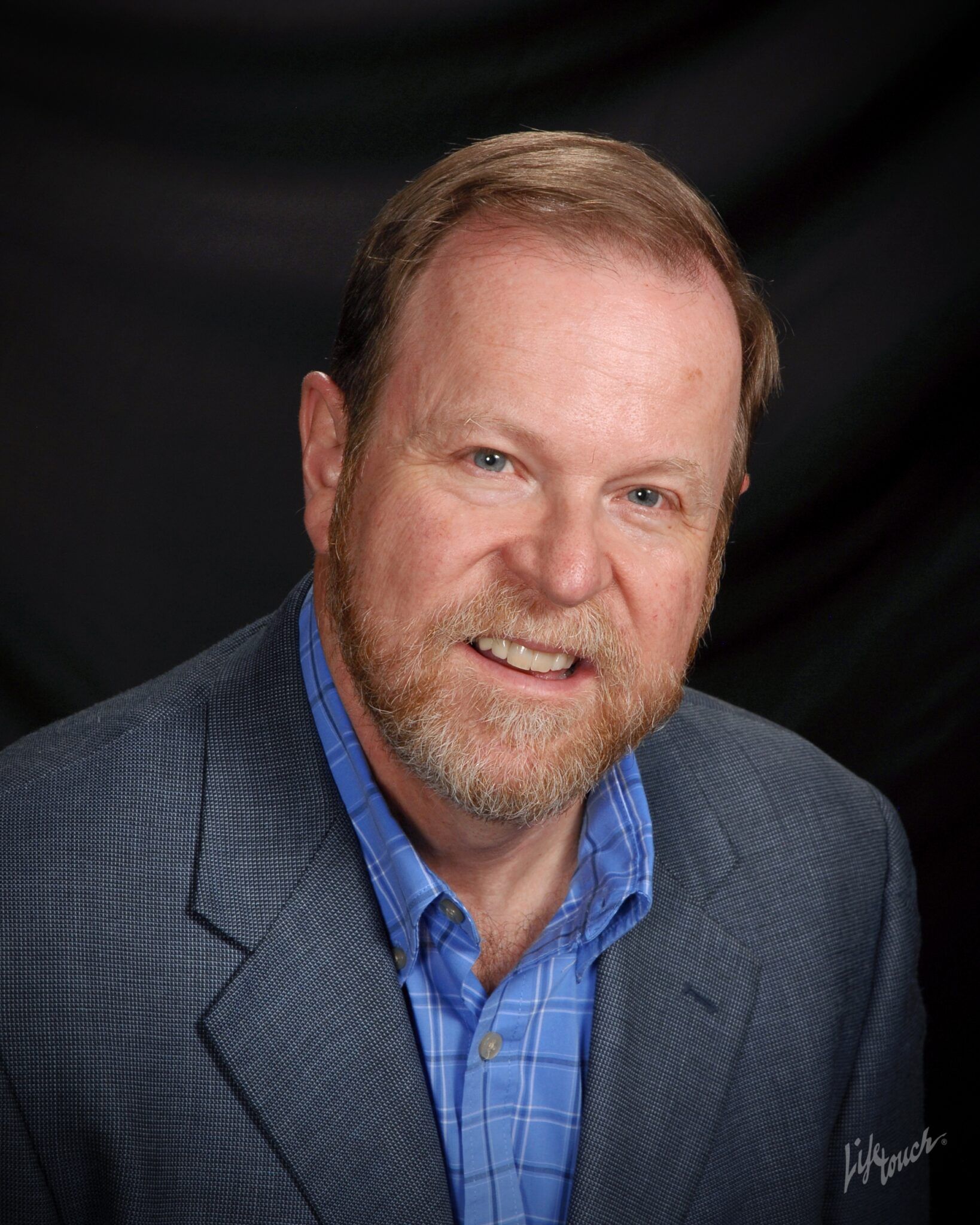Derailments beware: Detection systems seek to prevent them

LOVELAND — It’s top of mind since the Feb. 3 derailment on the Norfolk Southern Railway main track 1 in East Palestine, Ohio, where 11 of 38 derailed cars were carrying hazardous materials that leaked and burned.
With tens of thousands of rail cars traversing the nation’s rail lines, many right through America’s downtowns, how safe are those cars and the rails on which they ride?

Trains, after all, are mechanical, and machines fail.
SPONSORED CONTENT
Exploring & expressing grief
Support groups and events, as well as creative therapies and professional counseling, are all ways in which Pathways supports individuals dealing with grief and loss.
Voestalpine Signaling USA LLC, a Loveland company that is a division of a German manufacturer, produces solutions to the problem. It is giving railroads the tools to tell in real time whether a bearing is about to fail or whether a wheel has gotten out of round enough to force a malfunction and potential derailment.
If Norfolk Southern had Voestalpine’s hot wheel sensing equipment installed, which it didn’t, it would have known that a hot bearing was about to fail.
The company’s scanners “look for hot bearings that will get so hot they will melt the wheel right off,” said James Bilodeau, CEO of the Loveland company that was among the first to make its home in the former Hewlett-Packard Co. facility, now known as The Forge Campus.
While the National Transportation Safety Board has not definitively determined the cause of the Ohio derailment, it wrote on its website that surveillance video from just prior to the derailment showed a “wheel bearing in the final stage of overheat failure moments before the derailment.” The wheel and bearing have been shipped to an NTSB lab in Washington, D.C., for testing.
Bilodeau said that Voestalpine has three main technologies that it employs on rail lines to help railroads avoid derailments.
The first is the Phoenix Hot Box and Hot Wheel detection, which is a series of sensors mounted on rail ties just inches from the 36-inch wheels of train cars that detect heat from overheated bearings, which may have already failed.

Another is the Phoenix Acoustic Monitoring Sensor, which sits alongside the tracks just outside the wheel envelope at bearing height to collect an acoustic signature for each bearing of a passing train, thus giving the railroad time to pull a car off the tracks for repair before it fails.
And the third method is the Phoenix Wheel Impact Load Detection system, which sits under the rails to detect geometric wheel defects — the “kerplunk, kerplunk, kerplunk” pattern of sounds noticeable to people sitting at rail crossings when trains pass by. The system can detect unbalanced or overloaded rail cars, too. A wheel with a flat side can crack, fail and cause derailments. “The railroad wants those wheels off,” Bilodeau said.
Voestalpine develops the software and manufactures and installs the track-side sensors, along with the electronic gear that sits in those silver bungalows along the tracks.
And important to mountain states such as Colorado, “we look for cold wheels too,” Bilodeau said. A cold wheel coming out of the mountains may mean that brakes might not be working.
The Loveland facility, now at 10,000 square feet and soon to expand into a 15,000-square-foot space at The Forge, installs and works with all three technologies but specializes in the acoustic products. The hot box sensors are produced in Germany but installed and maintained in North America by the Loveland crew.

Bilodeau, a mechanical engineer, started the company in Loveland in 2005. He moved it into the HP facility in 2013; Voestalpine acquired the company in 2017.
The Class 1 railroads of the world are the company’s market. Short lines such as Great Western Railway are less likely to need the equipment because its trains travel much slower and over shorter distances.
A Class 1 line freight train will travel 60 or 65 miles per hour; passenger trains can travel faster but are less common, especially in the Western U.S. The sensors are used on European high speed passenger lines.
Bilodeau said that railroads have used other sensor systems but experience a high rate of false positives. “I’ve heard of false positive rates as high as 70%, and I’ve never heard of false positive rates [with the older railroad technologies] of less than 30%,” he said. “Ours is 10% or less.”
Voestalpine in Loveland employs 17 people and has plans to expand to about 30 over the next five years.
LOVELAND — It’s top of mind since the Feb. 3 derailment on the Norfolk Southern Railway main track 1 in East Palestine, Ohio, where 11 of 38 derailed cars were carrying hazardous materials that leaked and burned.
With tens of thousands of rail cars traversing the nation’s rail lines, many right through America’s downtowns, how safe are those cars and the rails on which they ride?

Trains, after all,…
THIS ARTICLE IS FOR SUBSCRIBERS ONLY
Continue reading for less than $3 per week!
Get a month of award-winning local business news, trends and insights
Access award-winning content today!


